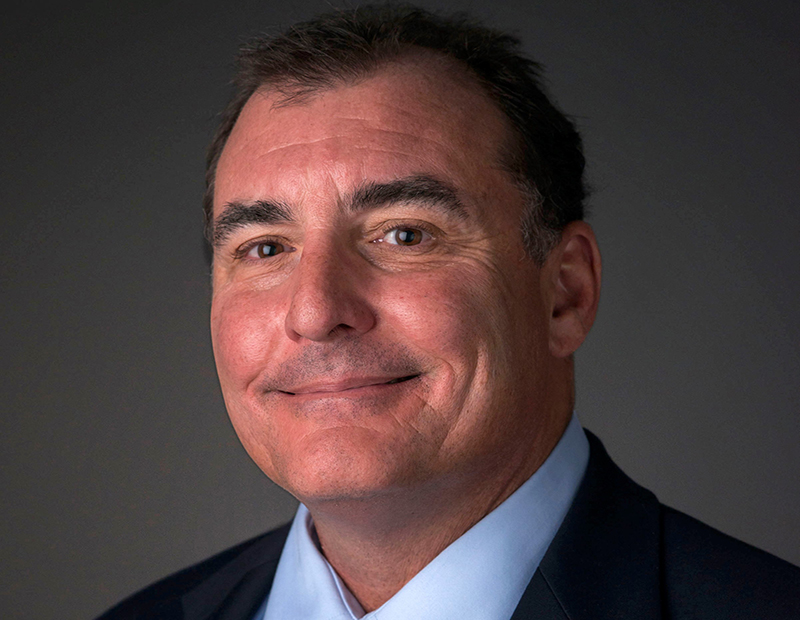COVID-19-Conscious Development and the Impact on Investment
The substantial value placed on COVID-19-conscious features and amenities must be considered alongside location, use, and design, according to BH3's Gregory Freedman.
The COVID-19 pandemic has had a more significant impact on real estate development today than the Great Recession did just over a decade ago. While the 2008 recession was a credit and liquidity crisis, the pandemic directly impacts the demand for space, forever changes building design, and reprioritizes “location, location, location”—all of which impact the investment market at large.
While space users across real estate sectors evaluate their needs and revised protocols due to the pandemic, developers are forced to take an abrupt pause to rethink projects. The market and its players now face a “flight-to-the-new-normal” trend—which could, more often than not, align with “flight to new.” Today, the substantial value placed on COVID-19-conscious features and amenities, and the varying needs of tenants, must be considered alongside location, use and design.
Development priorities
The pandemic has exacerbated the popularity of, and, frankly, the necessity of modernized building design and systems to promote health-consciousness. No asset class is immune.
Moving forward, more buildings will incorporate touchless entries, suites and elevators. Building managers will assign elevators to specific floors or invest in elevator systems that do, install glass dividers and sanitizing stations in common areas, and improve air filtration to circulate through individual suites instead of entire buildings or floors. Also, there will be more emphasis placed on lighting, air quality and outdoor amenities. Overall, significantly increased precautions will prioritize people’s health and wellness coming in and out of buildings where they work, shop, visit and live.
Development projects, both underway and proposed, have already begun adjusting plans accordingly. Experts predict an even greater “flight-to-new” trend. Particularly in the office space environment, the “winners” will be the newer product that implements the anti-virus-spreading features and caters to the new tenant needs, and the “losers” will be the older buildings that cannot adapt.
The retail landscape was changing and suffering before COVID-19, and the pandemic dealt a fatal blow. Walking into a department store does not appeal to most people anymore. What started from the rise of Amazon has been propelled by COVID-19, as shoppers want to avoid crowds. At the same time, retail real estate has always been able to reinvent itself. For example, shopping malls, big-box stores, and even Blockbuster video stores have been repurposed into coworking space or fitness and health spaces.
The market will see an acceleration of repurposing retail because there will be a lot of vacant retail space. On the other hand, high-street urban retail with heavy foot traffic will still be relevant, whether it’s near mass transit or a busy downtown hub. It might change hands on the landlord side—and be retenanted as a result of the prior tenant not being able to survive due to the pandemic—and rents will most certainly reset, but that real estate retail experience will endure even if it looks different.
Hospitality will, unfortunately, face a longer path to recovery, and many hotels will cease to exist. The two primary losers here will be properties that are reliant on convention business and those that are restricted to union labor contracts. In places like Manhattan, there have already been many notices of permanent closures, dozens of hotels electing to pivot to homeless shelters, and others that are permanently changing their use to something other than hospitality.
In almost all of the aforementioned instances, this ties back to the union labor contract and the limitations the owners have within. Thus, while demand is down substantially, so is supply, and there will be no announcements of new hotel development for the foreseeable future. As a result, if New York City will endure as it always has, there will be definitive winners in those properties that are nonunion and can weather the storm, as the competitive landscape will look a lot different and be in their favor when they reach the other side.
As far as multifamily, the sector is holding up well overall. New, ground-up developments will incorporate in-unit, built-in office or work-from-home nooks. However, it is unlikely that the pandemic will create a mass exodus out of existing multifamily stock. On a macro level, multifamily will not only endure but it will continue to be one of the most favored asset classes among institutional investors and lenders due to both its liquidity (even during the last recession and throughout the pandemic, multifamily deals continued to be acquired, financed, and refinanced with relatively no meaningful pause), and stability resulting from the “commoditization” of the asset class over the past decade.
Impact on investment
The need to reconsider building designs, configurations, and ability to adapt to the “new normal” has heavily impacted real estate investment decisions just as much as development. Reports indicate that in the first six months of 2020, direct commercial real estate investment plummeted to $321 billion, a 29 percent fall from the first half of 2019.
The majority of investors have retreated to safety, which right now means investing further into multifamily and industrial assets. Most of the capital has been focused on those asset classes to achieve the safest risk-adjusted yield, due, in part, to interest rates being at historic lows—and expected to stay there for the foreseeable future—and the vast availability of liquidity for those assets.
There is a strong indication that this trend will continue, not only as a result of interest rates expected to remain at historic lows due to all the capital injection by the Fed but also because multifamily and industrial properties have shown incredible resilience throughout COVID-19 and are, therefore, considered safe from future pandemics. Contrarily, availability of liquidity and new investment appetite in hard-hit sectors, such as hospitality, retail, and office, are nonexistent but will present opportunities for those on the hunt for distressed assets.
Location considerations
When buying existing product, savvy investors consider where the world is today and where it is going. Geography is essential, and there has been a migration over the past decade from top-tier markets like metropolitan areas in California or New York to secondary markets like cities in Texas, Tennessee and Florida. That has gone into turbocharge now as people leave big cities during the pandemic. However, the trend is temporary to some extent. Boston, New York City, Chicago, Los Angeles, and San Francisco will still be relevant, and the notion that they might not seems far-fetched.
To determine winners and losers, it is not as simple taking a macro approach and saying “New York or Miami will do well” or not. It’s really a micro-level discussion about the specific and situational requirements of the people moving, traveling, working and living, and what types of spaces they will gravitate towards.
For example, we at BH3 are long-term bullish on new, quality South Florida office space and bearish on old, inefficient existing office product. Just like the reference earlier to union hotels in Manhattan that will not survive versus nonunion hotels. If they can survive, they will undoubtedly thrive. Both types of properties could each exist on the same block. It’s very similar to a pair trade in the stock market where an investor has stocks in the same asset class and industry but decides to go long on one and short on the other; that’s what is happening in the real estate market right now. Real estate experts and investors have never experienced such a binary dynamic, and it will be fascinating to see the impacts and results heading into 2021.
Gregory M. Freedman is the co-founder of BH3, a real estate investment and development firm based in New York and Florida.








You must be logged in to post a comment.